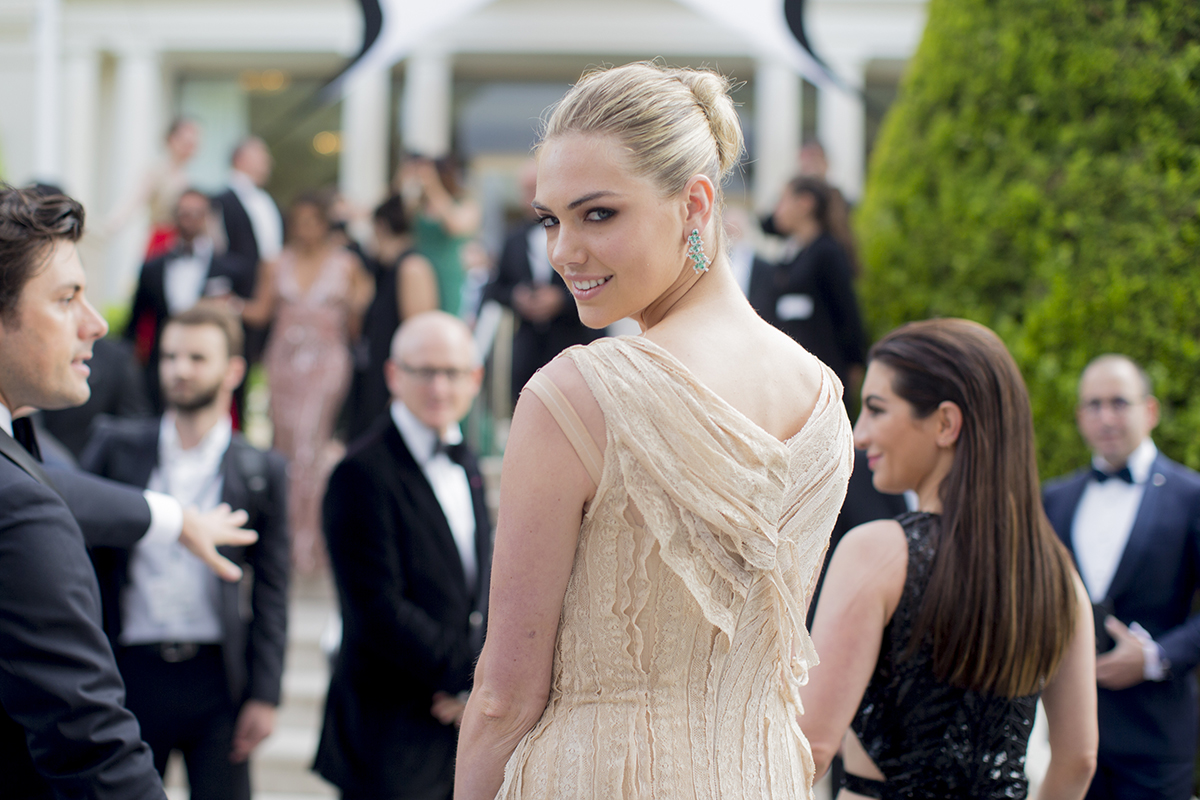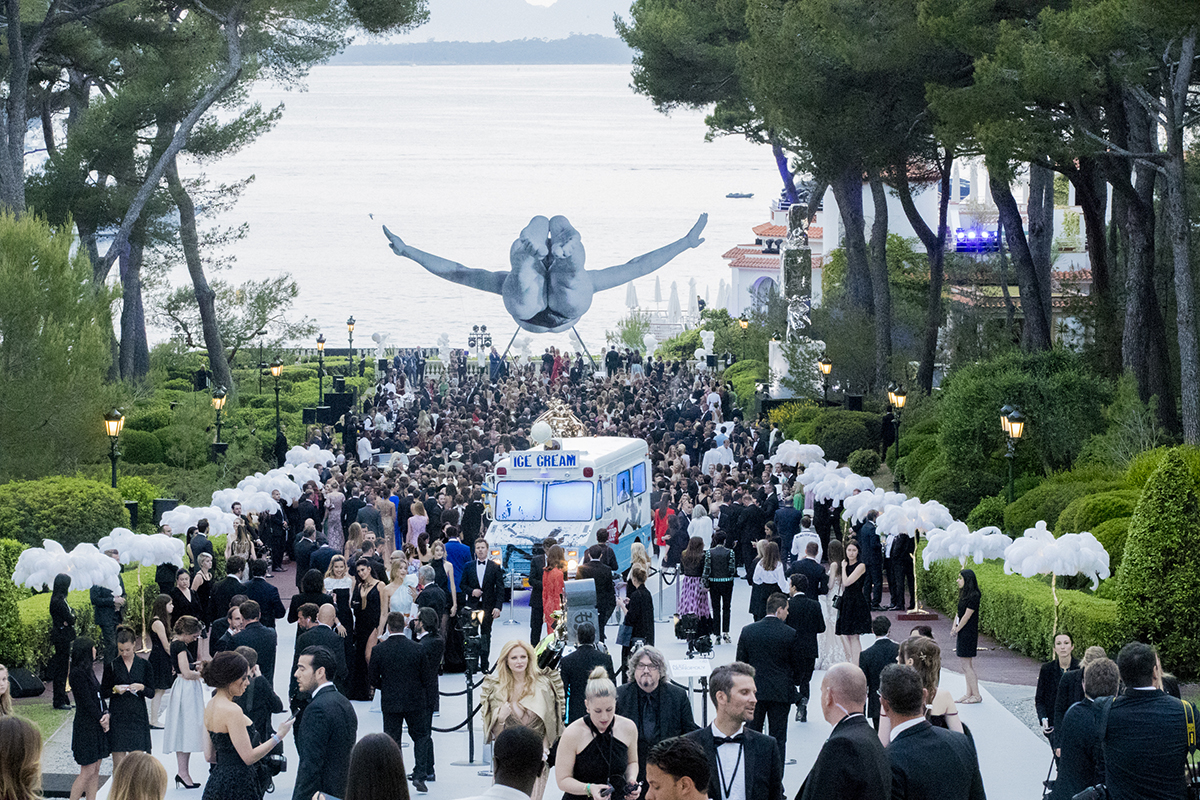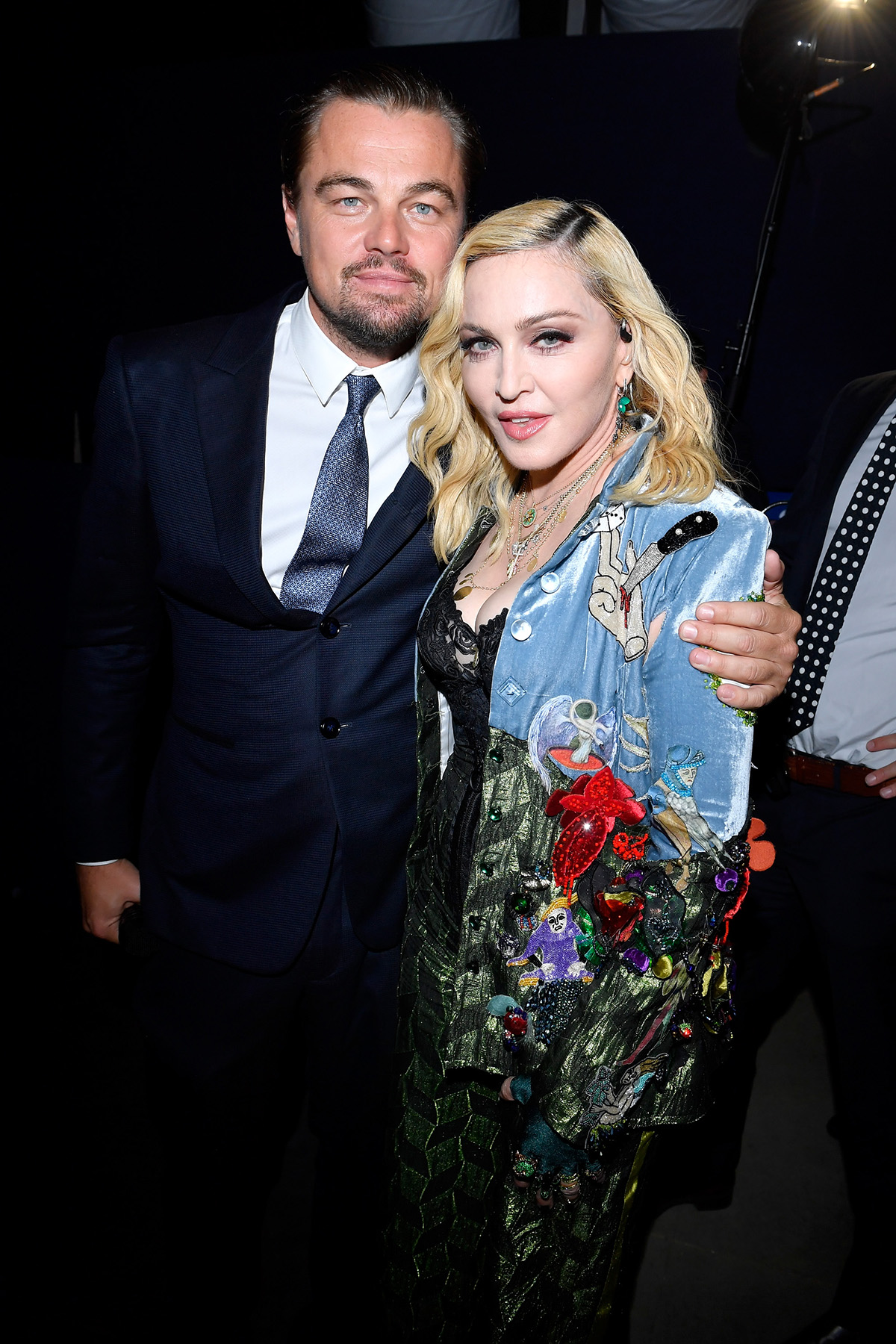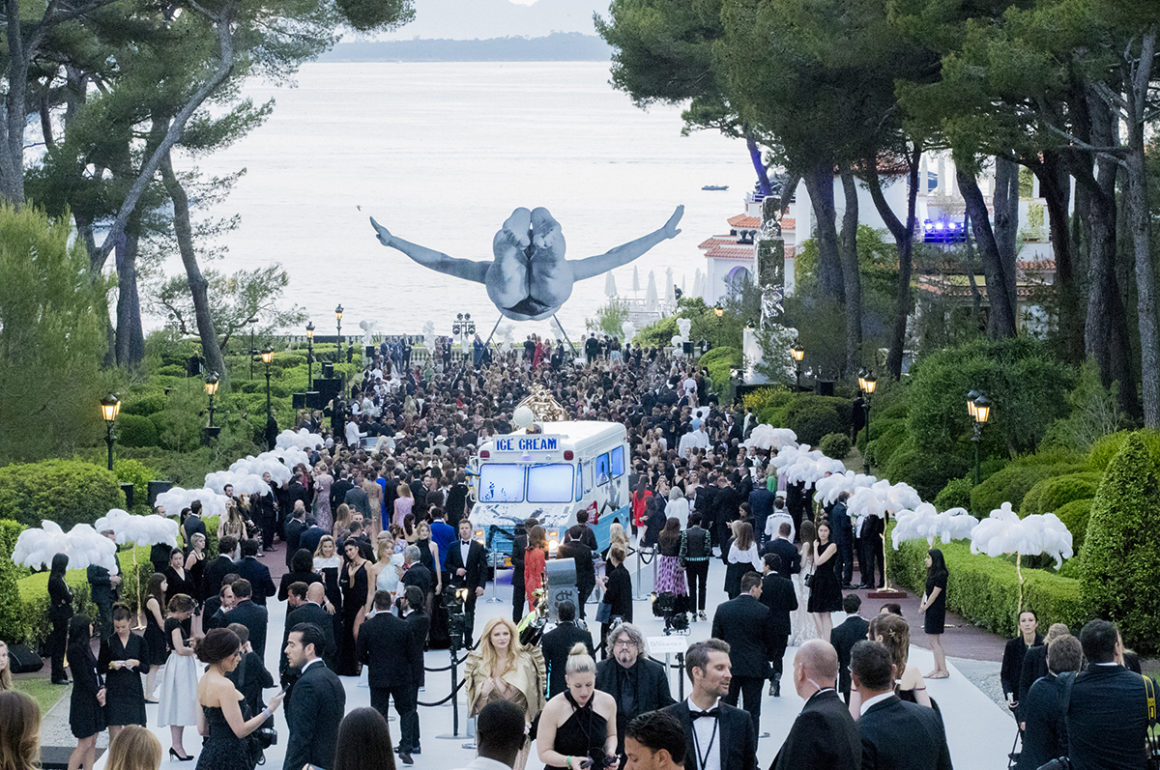
Kate Upton at the 2017 amfAR Gala Cannes
Charity art auctions are taking off around the world, and for the best and worst of reasons, says Simon de Pury, himself the world’s leading philanthropic auctioneer

Simon de Pury
In times past, the main philanthropic efforts in the art world used to be confined to the US, for a couple of reasons. Firstly, there is fiscal encouragement for individuals to make charitable donations in the US, which is not the case in Europe. And more importantly it is an integral part of the entrepreneurial educational philosophy in the US, that if you are successful, you give back.
Any successful person in any area in the US is expected to have one or two causes to which they contribute some of the fortune they have made. But over the past 10 years, things have changed. More and more wealth has been created around the world, and the art market has consequently become more global. This means I have witnessed efforts in philanthropy around the world increasing dramatically.
Follow LUX on Instagram: the.official.lux.magazine
It is very gratifying to see, and in many cases to be involved with, cultural institutions that organise regular fundraising events. We also see increasing numbers of organisations of friends of museums, whose main task is to raise funds for philanthropic and charitable causes. In some cases, these are to benefit the institutions themselves; and in others, funds are raised for important causes that are not adequately funded through governments.
Perhaps the ultimate art philanthropist is Maja Hoffmann, who has devoted so much energy to the new LUMA Foundation in Arles; designed by Frank Gehry, it is going to become a cultural art centre of major importance. She also funded the Fondation Vincent van Gogh Arles; and she is a donor to MoMA and the New Museum in New York, and the Kunsthalle in Zurich. She supports these institutions not just in financial terms, but also by putting together sophisticated programs. She is a shining example.

The amfAR 2017 Gala in Cannes
Then there is the growing area of non-cultural philanthropy, one in which the art world is becoming increasingly involved. It’s not a recent development (although it has been growing exponentially recently) . The art world was the first to mobilise in the early days of the AIDS epidemic, when Thomas Ammann, an art-dealer friend of Elizabeth Taylor and Audrey Hepburn, set up amfAR, which has raised great amounts of money over the years.
What is striking about the art world is that some artists have themselves made significant donations. Damien Hirst donated a beautiful golden mammoth which Len Blavatnik bought for $16m at the amfAR auction in Cannes in 2014. It’s now at the Faena hotel on Miami Beach and something of an Instagram magnet. It also happens to be one of best works in the Damien Hirst oeuvre. Hirst is the most generous artist I know; he has donated many millions of dollars’ worth of art to various charities over the years. Tracey Emin is also immensely generous, as is Chuck Close, who never holds back in supporting causes close to his heart. There are many others, too; artists these days are solicited on a daily basis to donate works to various causes.

Leonardo DiCaprio and Madonna at the 4th Annual Saint-Tropez Gala organised by the Leonardo DiCaprio Foundation in 2017
There is one lingering anomaly, at a time when we should all be highly concerned about the future of the planet: the fact that only three per cent of global charitable donations go to environmental causes. Leonardo DiCaprio is leading the way in devoting time and energy to raising awareness of the poor state of the oceans and other environmental issues, and I have had the honour of being auctioneer at the four large charity auctions he has organised in St-Tropez over the past four years.
Read more: One-of-a-kind designs by talented artisans at Baku Corner

David Beckham arriving at the 2017 amfAR Gala
What is significant about these auctions is that they include works by artists such as Jeff Koons, Urs Fischer and George Condo, many of whom donate very substantial works. In 2016, of the 20-odd works on sale during the live auction, 15 were donated and 12 of them set new auction records. This shows that people are not simply buying art at these auctions as a charitable act – they are buying top works, which makes it sustainable and gives it extra purpose. Leonardo manages, through his status, not only to obtain top donations, but also to bring in potential purchasers from all over the world. In that tent in St-Tropez on the gala evening, there is a greater concentration of money than at the big auctions in New York.
What is increasingly extraordinary about these events is how global the audience is now. High net-worth individuals are coming from all over the world, with more and more attending from Russia, the former eastern bloc, the Middle East, China, Korea, Japan, Malaysia, Indonesia, Latin America and all over Africa. It has really become a global effort.
All of this also raises awareness, and once awareness spreads it becomes easier to raise funds. Offices that look after HNIs all now have specialists in philanthropy to advise their clients how they can help. People are getting drawn in for different reasons. Some people pay for the artworks because they just want the artwork. But increasingly individuals want to take responsibility because governments are not. One of the reasons philanthropy was initially more widespread in the US is that most institutions there depend on private donations, there being no public funding. In Europe, public budgets used to be much bigger, but with cuts, individuals have had to step in.
You can also see this with the instant mobilisation that takes place when something happens, for example the recent refugee crisis. Some artists are galvanized into action by such crises – Ai Weiwei has made a movie and marched on the streets of London together with Anish Kapoor. It’s the future.
Simon de Pury is an art auctioneer and collector and the founder of de Pury de Pury. Read more of his columns for LUX here.













Recent Comments